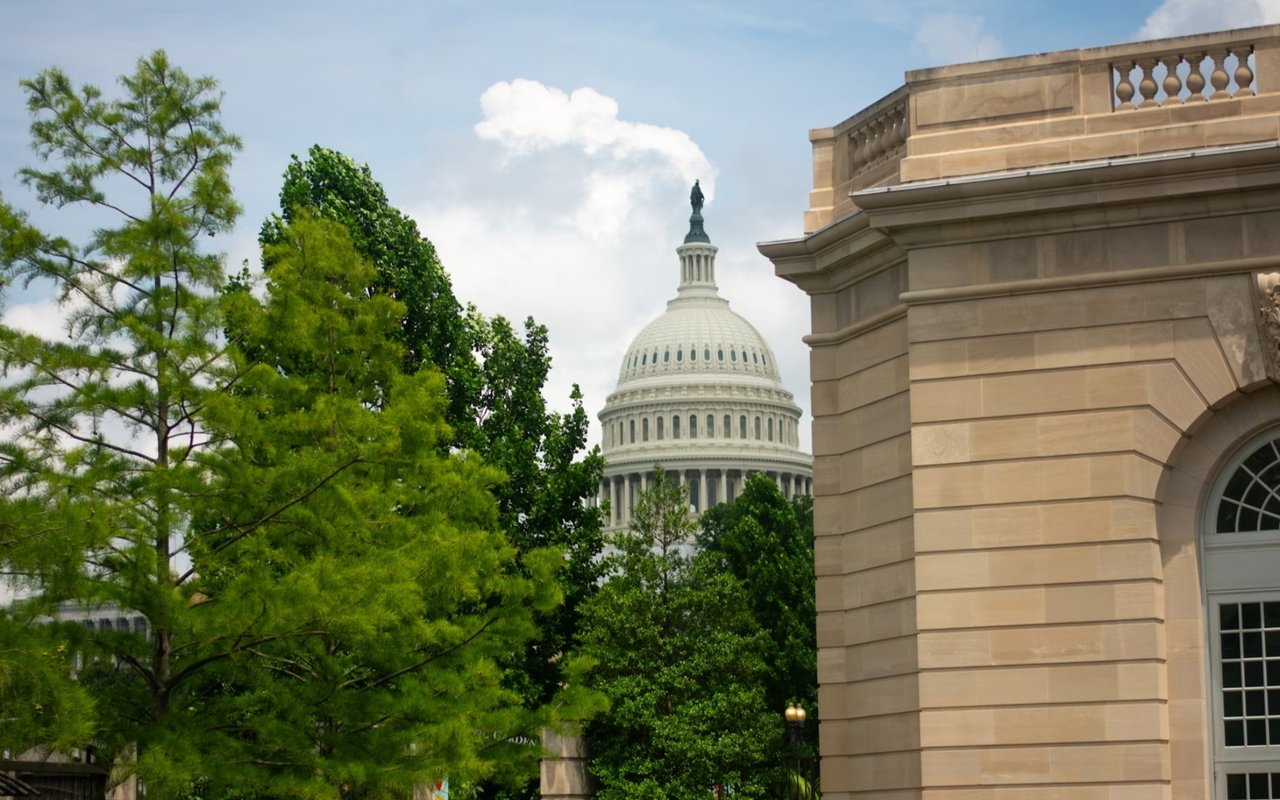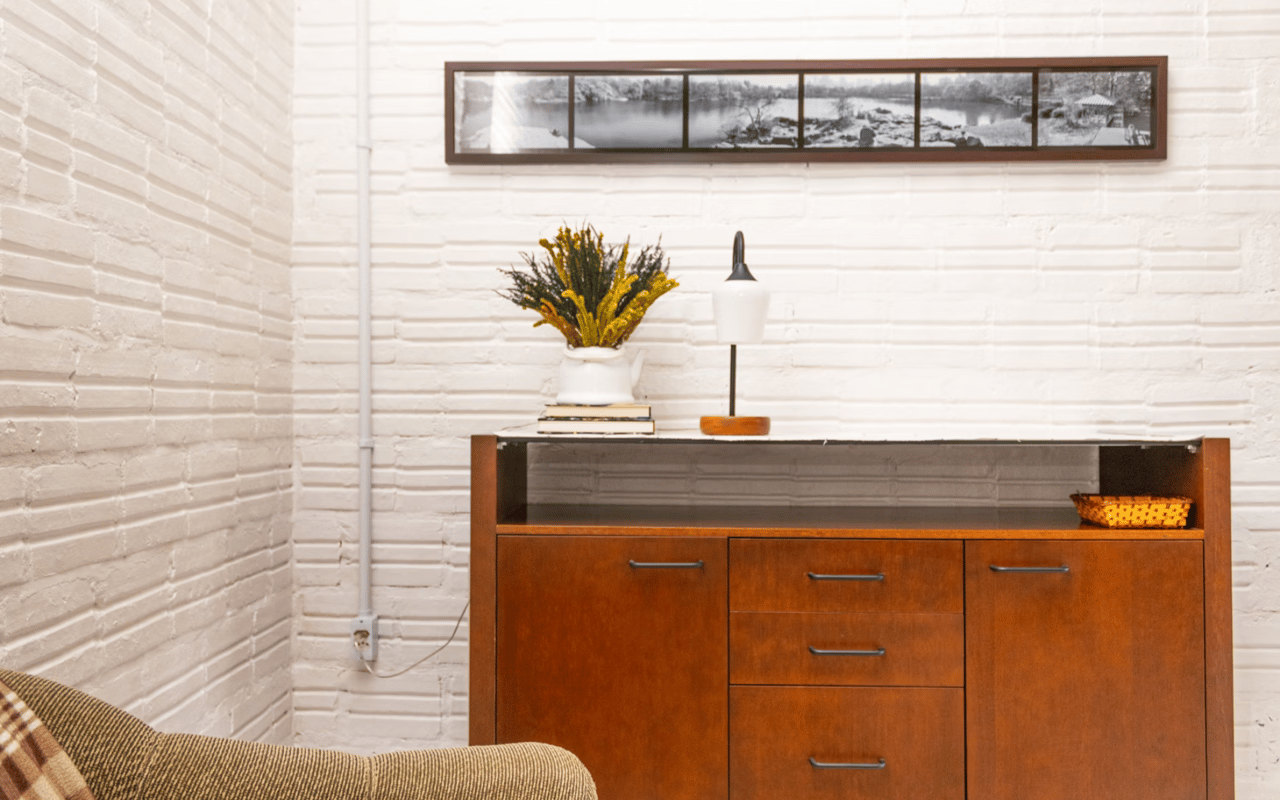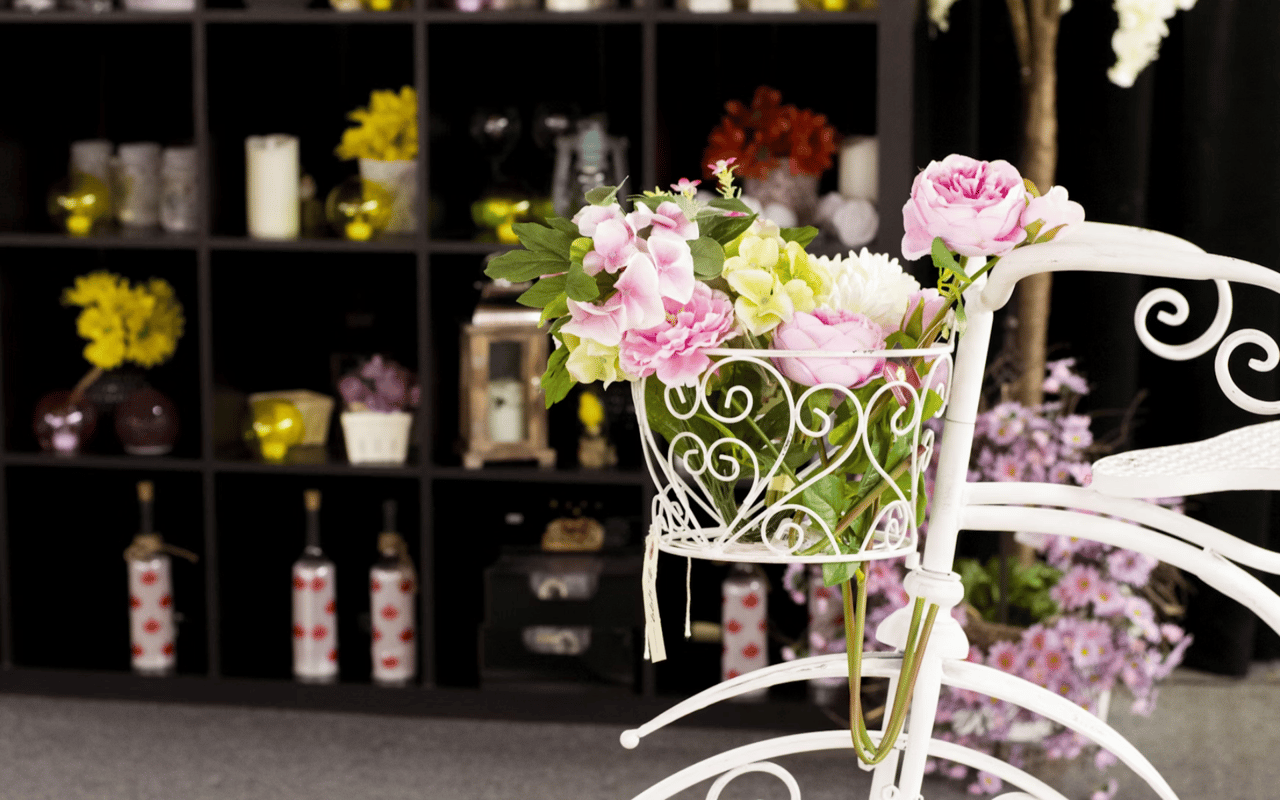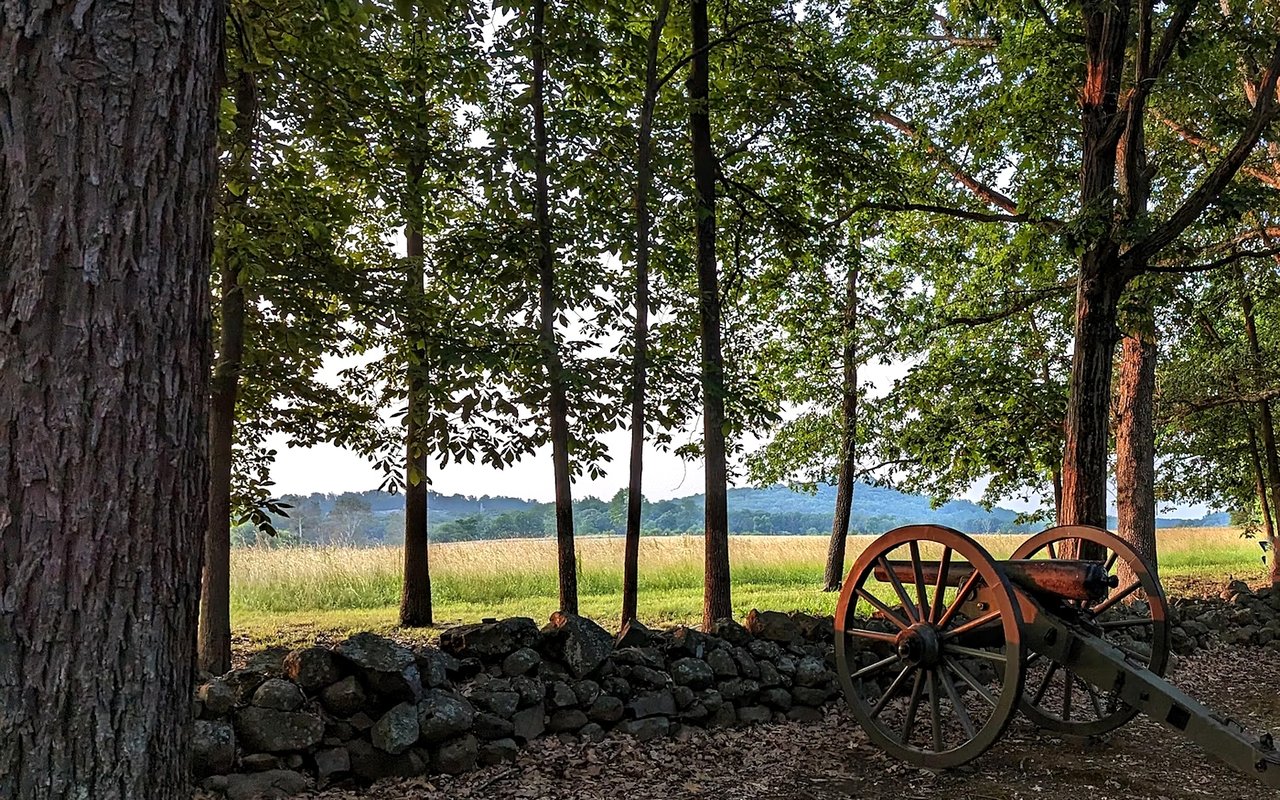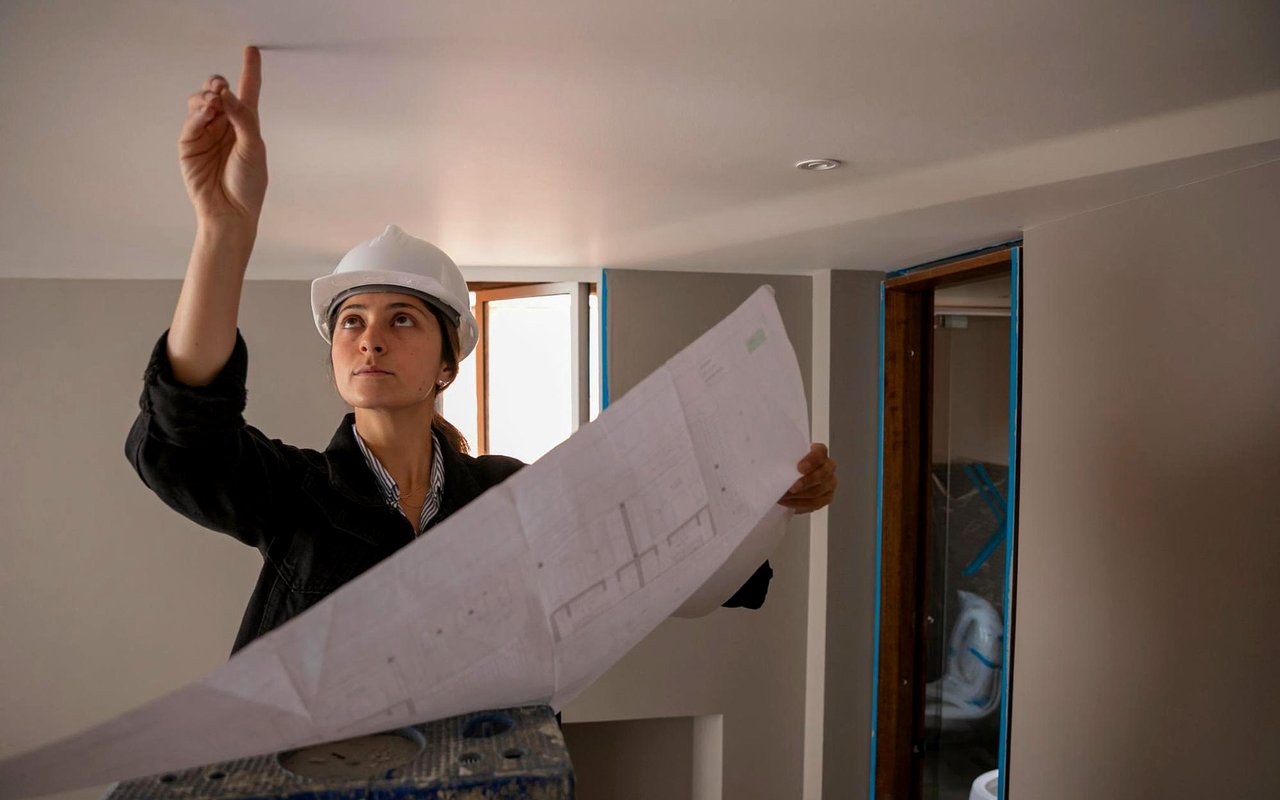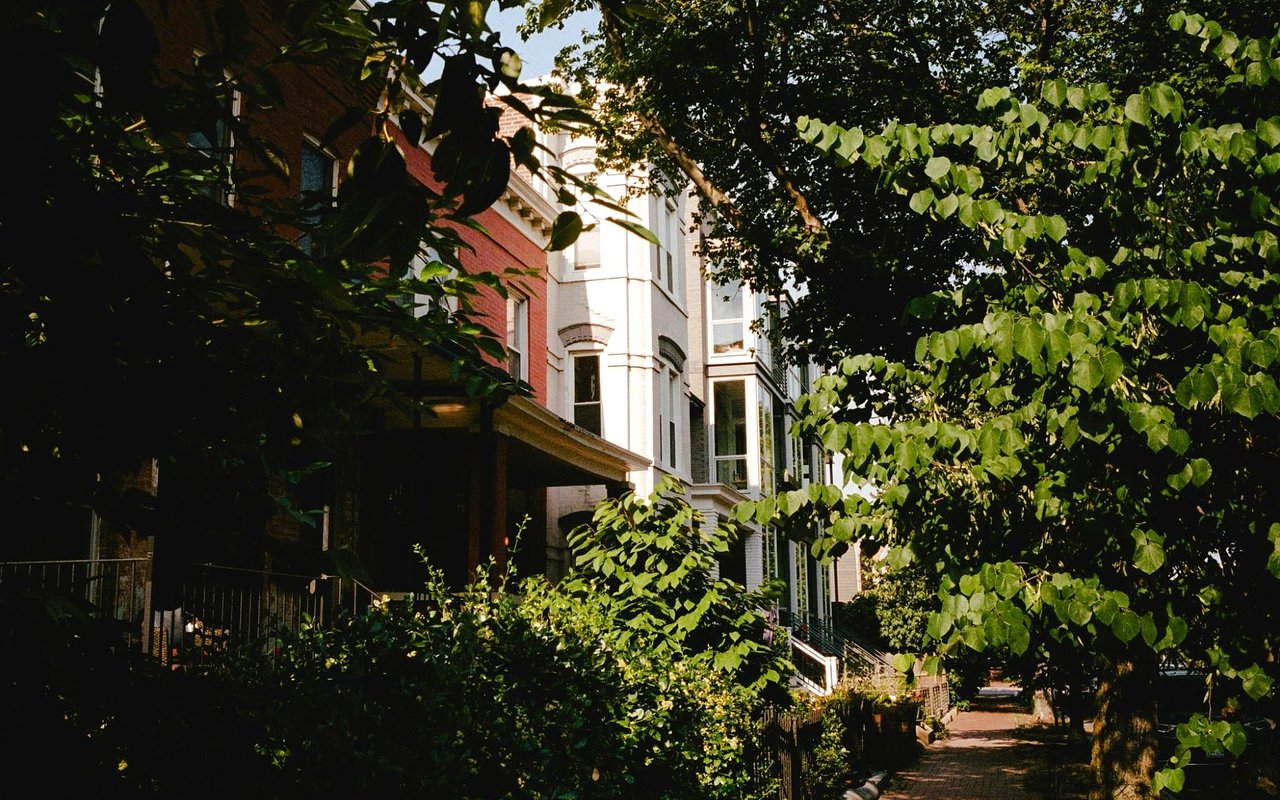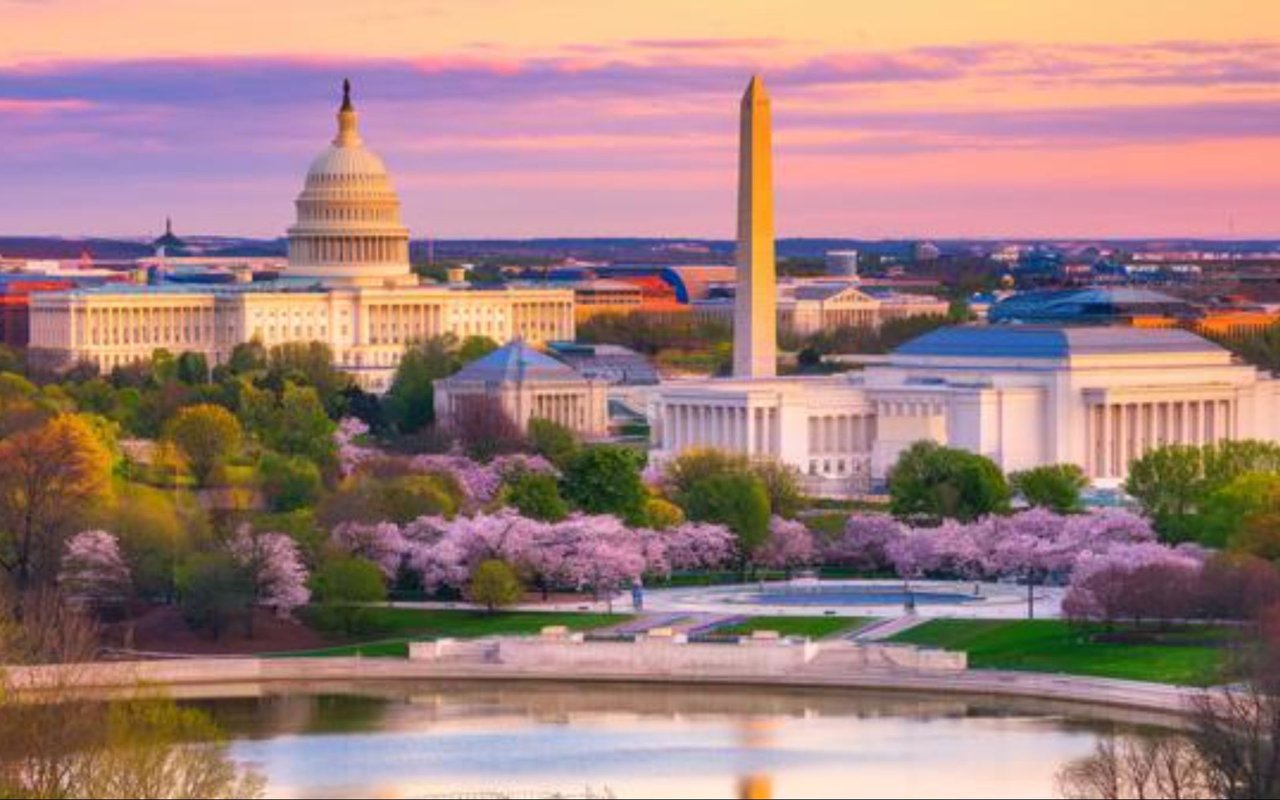Washington, D.C.’s luxury homes are evolving quickly in 2025. You see a clear shift toward quieter opulence, healthier living, and technology that disappears into the background. Owners want spaces that feel curated and intentional, with artistic details, sustainability, and performance working together. You also want rooms that adapt to how you live, entertain, and recharge, without shouting for attention.
This guide will walk you through the design ideas shaping D.C.’s most impressive homes this year. You will find inspiration you can apply if you are renovating a townhouse, building a new modern residence, or refining a classic rowhome. Use it to define your project goals, brief your architect and designer, and align your plan with what discerning buyers will value next.
Refined Minimalism With Monumental Drama
Minimalism in 2025 is more nuanced than ever before. Clean lines, low-profile trim, and quiet palettes still dominate, but they are paired with one or two bold gestures that anchor the space. Think a floor-to-ceiling stone fireplace with veining, a sculptural staircase that reads like art, or a single, oversized light fixture that defines an entire great room. The result feels calm yet far from plain.
You will also notice that storage becomes architecturally integrated. Millwork wraps corners, hides doorways, and floats from wall to wall so clutter disappears. Rooms look serene, and every piece that you display reads as intentional. It is a disciplined look, and it fits beautifully with D.C.’s affinity for tailored, polished interiors.
Heritage Meets High Tech
Iconic moldings, coffered ceilings, and traditional stone profiles are back, but they live comfortably alongside invisible technology. Whole-home systems control lighting, audio, energy usage, window treatments, and water filtration from a single interface. The key is discretion. You do not see wires, screens, or panels. You feel the effect in comfort, performance, and day-to-day ease.
This approach respects historic architecture while making it effortless to live with. For instance, you can refit a brownstone with radiant heating, circadian lighting, and acoustic upgrades without compromising the character that drew you to the home in the first place. Your contractor and designer should plan these systems during the earliest schematic phase. Retrofitting late adds cost and complexity.
Wellness Becomes Non-Negotiable
Wellness design moves from trend to baseline expectation. You want better air, better light, and better water. This year’s luxury homes in D.C. lean into fresh-air ventilation, MERV-13 or higher filtration, low-VOC materials, and programmable circadian lighting that supports natural rhythms. The difference is noticeable. You feel clearer and more rested, and guests comment that the house feels unexpectedly tranquil.
Private wellness suites also expand. You see cold plunges, infrared saunas, steam showers, red-light therapy nooks, and recovery zones with compression tech. Gyms no longer feel like converted afterthoughts. They are daylight-filled, acoustically isolated, and finished with performance flooring, custom storage, and hydration stations. You gain a true daily ritual space.
Art-First Interiors And Private Galleries
Art takes center stage. Collectors are planning dedicated galleries, temperature-stable storage, and lighting programs that flatter both sculpture and large-scale canvases. Walls are left intentionally clean and uninterrupted to create clear sightlines to signature pieces. You might even see automated partitions that reconfigure to host salons, performances, or intimate showings.
Curators and lighting designers are being brought in early. They plan art placement alongside furniture and architectural lighting rather than after the fact. This yields stronger composition, more balanced brightness levels, and fewer costly reworks.
Outdoor Rooms For Four Seasons
D.C.’s homeowners are refusing to let winter shut down their exterior spaces. You see heated limestone terraces, retractable glass walls, radiant floor systems under pavers, outdoor kitchens with pizza ovens and teppanyaki grills, and fully insulated garden rooms. Landscape lighting is layered and subtle, so the garden reads as part of the amazing nighttime view.
Water features and biophilic elements continue to rise in popularity. Reflecting pools, green walls, and native plant palettes create texture and movement year-round. Pair those with automated irrigation, drainage planning, and outdoor audio, and your landscape adds everyday value, not just seasonal charm.
Kitchens That Entertain Effortlessly
The 2025 luxury kitchen is a high-performance command center and a social hub. Expect dual-island layouts — one for prep and one for entertaining. Induction ranges, steam ovens, and column refrigeration systems lead the appliance conversation. Butler’s pantries grow larger, often with second dishwashers, wine walls, and dedicated coffee stations so that the main kitchen can stay pristine during parties.
Material choices are bolder and more tactile. Honed marbles with deep character, fluted stone details, unlacquered brass that patinates over time, and paneled appliances that disappear into millwork deliver a sophisticated backdrop. You can also expect intelligent lighting layers. Task lights, integrated under-shelf strips, toe-kick lighting for nighttime navigation, and purpose-lit display shelves turn a functional space into a hospitality experience.
Quiet Luxury Palettes And Saturated Accents
Color in 2025 is calm, layered, and materially driven. Warm whites, greiges, taupes, and clay tones form the base. You then see saturated accents like oxblood, deep forest green, ultramarine, and espresso brown used sparingly to anchor rooms or define a moody lounge. The effect is soothing, but it still communicates depth and confidence.
Texture does as much work as color. Plastered walls, boucle upholstery, raw silks, tumbled limestone, and wire-brushed oak floors add richness without shouting. You can create an extraordinary interior with almost no overt pattern. If you do use patterns, keep them large-scale and restrained so that the architecture stays in charge.
The Bottom Line
Luxury home design in Washington, D.C., is thoughtful, high-performing, and quietly confident. You see wellness that is measurable, technology that vanishes, and architecture that feels heirloom-worthy. If you embrace these principles, you will create a home that lives beautifully today, appeals to the next buyer tomorrow, and aligns with the direction of high-end design in the nation’s capital.
If you’re ready to find the space of your dreams,
The Tom Buerger Team of Compass will guide you through a seamless home sale or purchase in Washington, D.C. Reach out today.


